NASA’s lunar orbiter has photographed what’s believed to be the crash site of Russia’s failed Luna-25 mission some 250 miles from its intended landing point.
NASA’s Lunar Reconnaissance Orbiter has located what’s believed to be the crash site of Russia’s failed Luna-25 mission.
Recommended Videos Following the crash, NASA’s Russian counterpart, Roscosmos, shared an estimate of the impact point. The LRO team used the data to design a set of search commands for its orbiter, which then located and photographed the point of interest. Since the new crater is close to the Luna 25 estimated impact point, the LRO team believes it’s most likely to have been caused by the Luna-25 mission rather than by an asteroid or meteorite.
United States Latest News, United States Headlines
Similar News:You can also read news stories similar to this one that we have collected from other news sources.
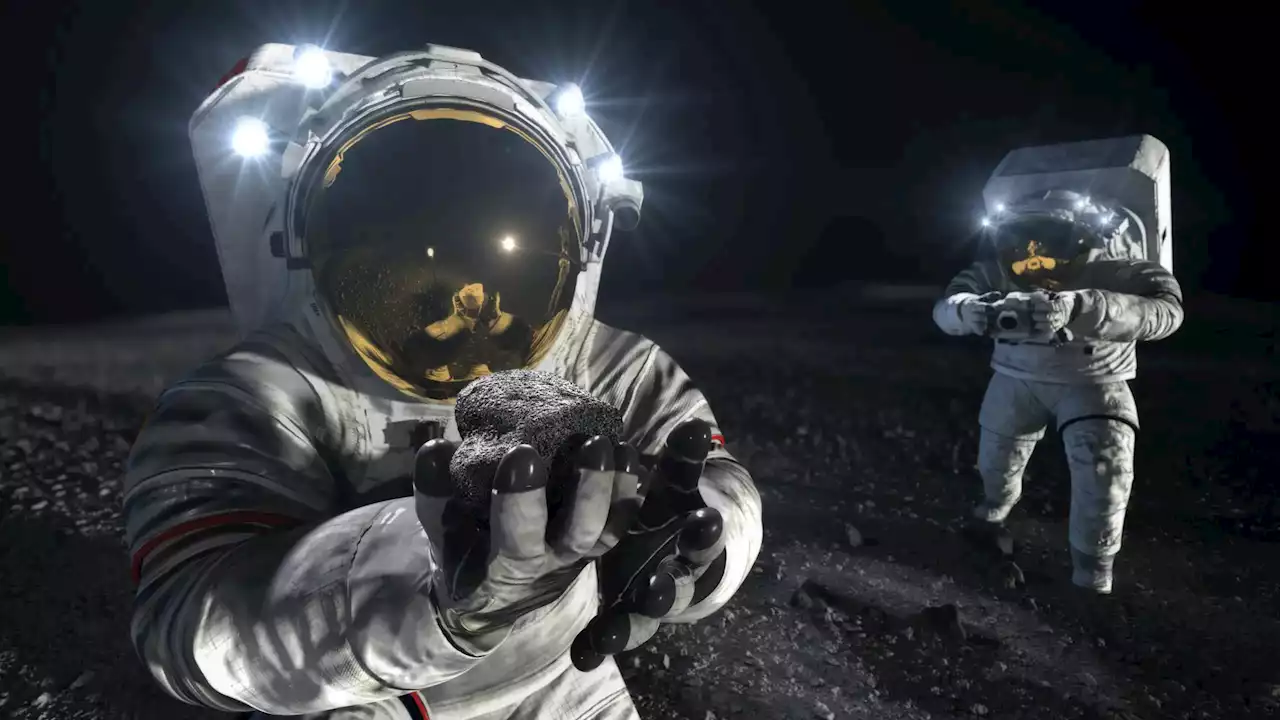 Lunar Rock Stars: NASA Selects Geology Team for the First Crewed Artemis Moon LandingNASA's Artemis III Geology Team is set to guide the science plan for the upcoming crewed lunar landing, aiming to enhance our understanding of the Moon and lay the groundwork for future space missions. NASA has selected the geology team that will develop the surface science plan for the first cre
Lunar Rock Stars: NASA Selects Geology Team for the First Crewed Artemis Moon LandingNASA's Artemis III Geology Team is set to guide the science plan for the upcoming crewed lunar landing, aiming to enhance our understanding of the Moon and lay the groundwork for future space missions. NASA has selected the geology team that will develop the surface science plan for the first cre
Read more »
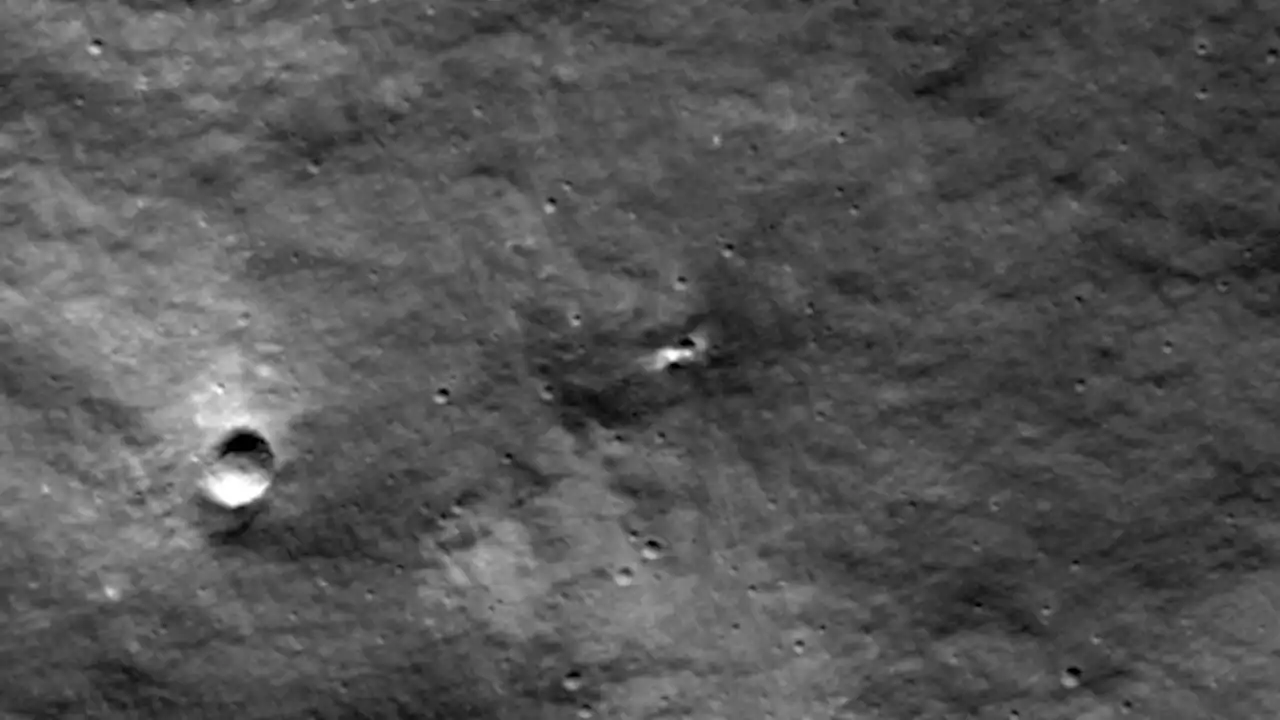 NASA moon orbiter spots crash site of Russia's failed Luna-25 lander (photos)Luna-25 slammed into the moon on Aug. 19 during a maneuver designed to set up its touchdown.
NASA moon orbiter spots crash site of Russia's failed Luna-25 lander (photos)Luna-25 slammed into the moon on Aug. 19 during a maneuver designed to set up its touchdown.
Read more »
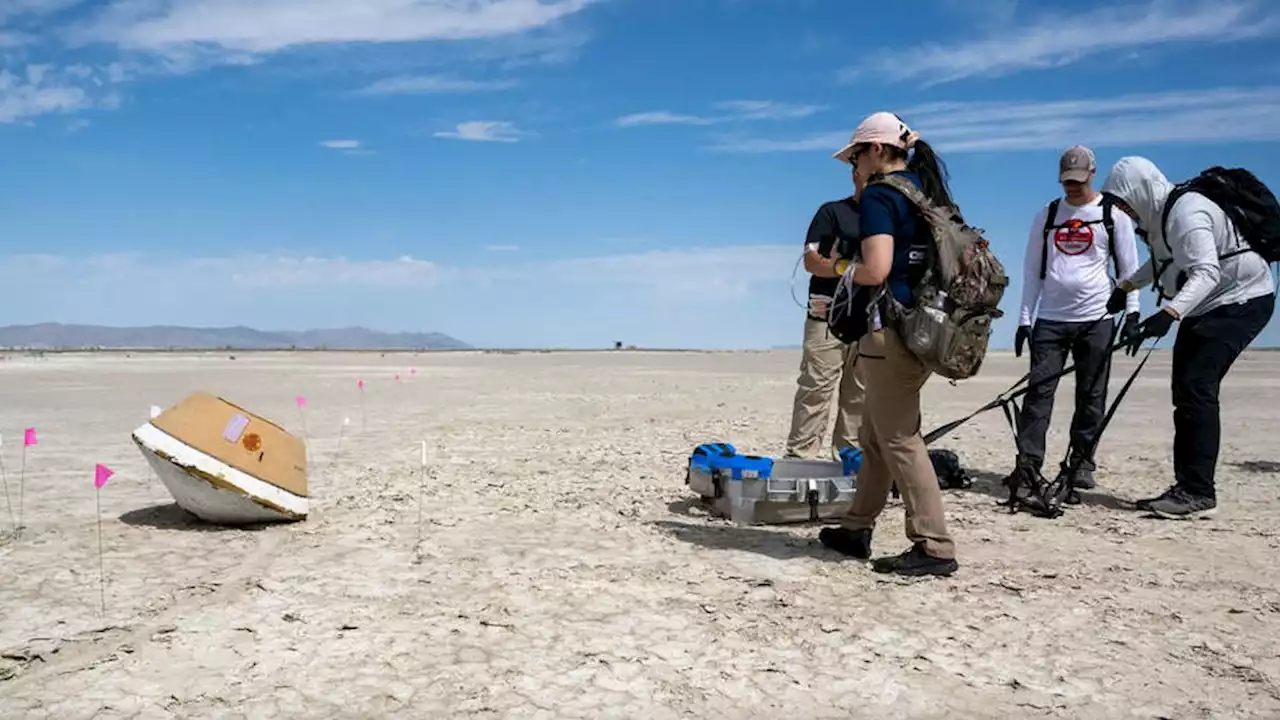 NASA discussing September arrival of OSIRIS-REx asteroid sample: Watch live todayThe OSIRIS-REx press event begins today (Aug. 30) at 5 p.m. ET.
NASA discussing September arrival of OSIRIS-REx asteroid sample: Watch live todayThe OSIRIS-REx press event begins today (Aug. 30) at 5 p.m. ET.
Read more »
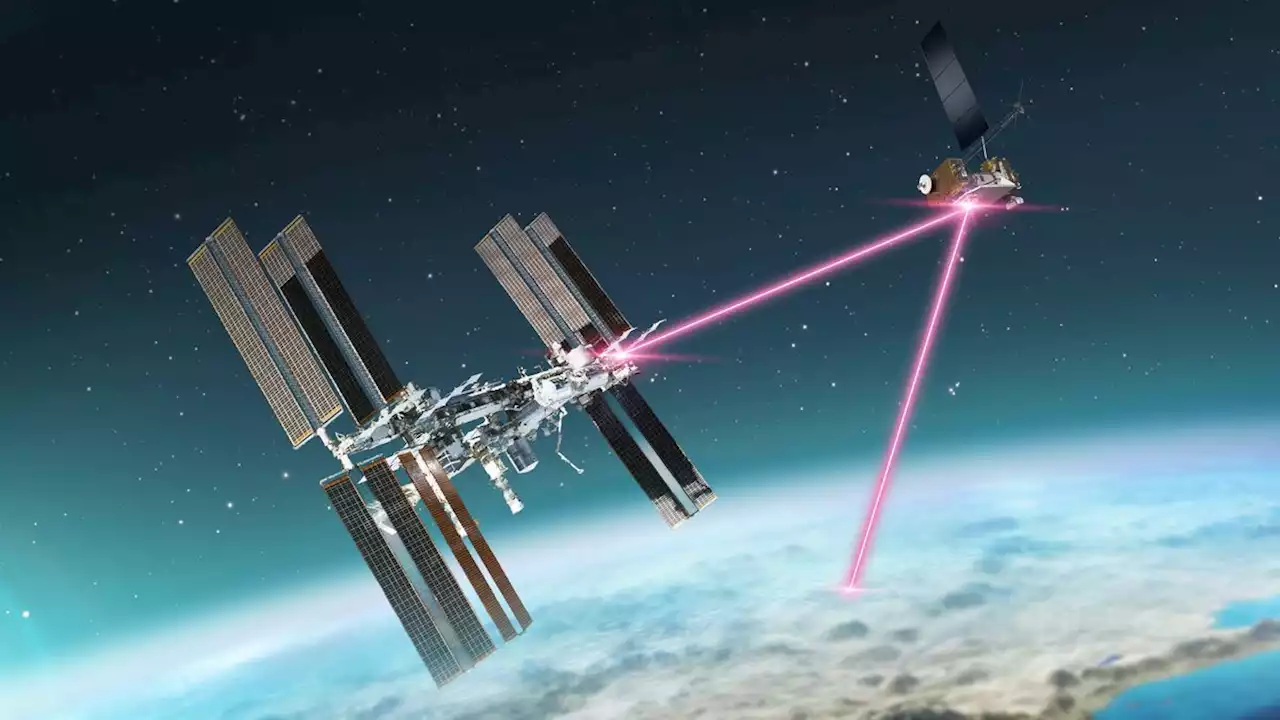 SpaceX resupply mission will bring NASA laser communication system to ISS this yearHarnessing laser beams, ILLUMA-T is expected to transmit information at the rate of a respectable internet connection.
SpaceX resupply mission will bring NASA laser communication system to ISS this yearHarnessing laser beams, ILLUMA-T is expected to transmit information at the rate of a respectable internet connection.
Read more »
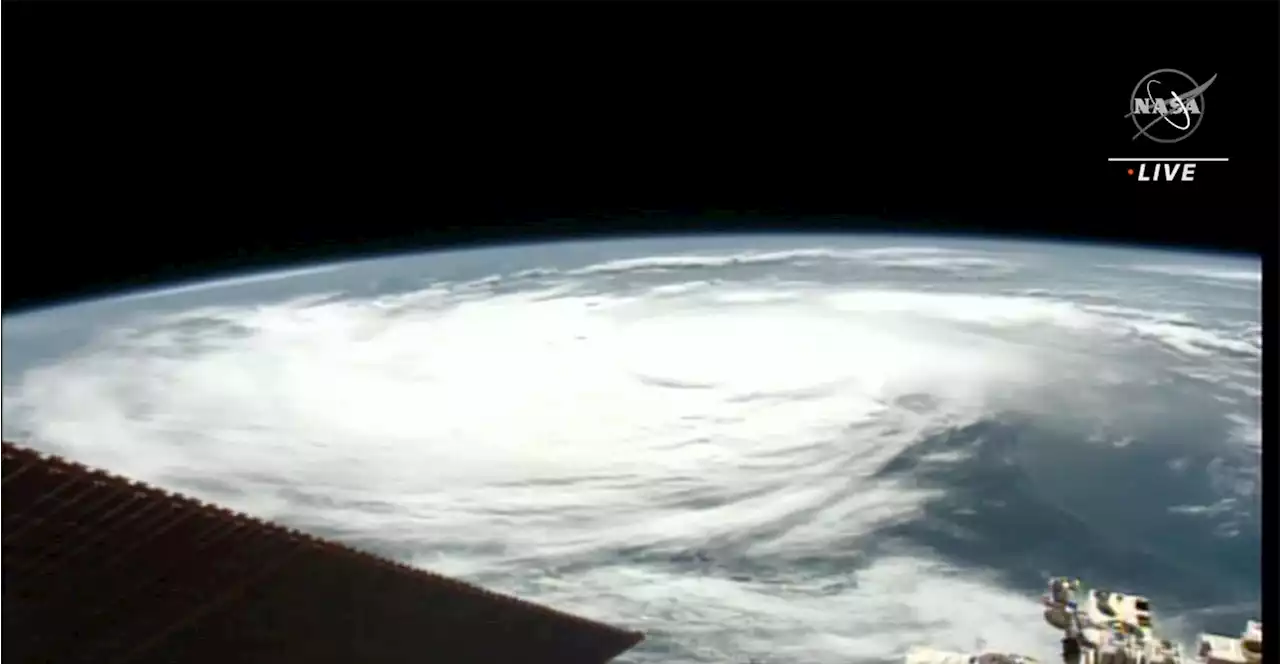 NASA shares live footage of Hurricane Idalia from International Space StationNASA astronauts shared footage of Hurricane Idalia as the International Space Station passed over the storm on Wednesday.
NASA shares live footage of Hurricane Idalia from International Space StationNASA astronauts shared footage of Hurricane Idalia as the International Space Station passed over the storm on Wednesday.
Read more »
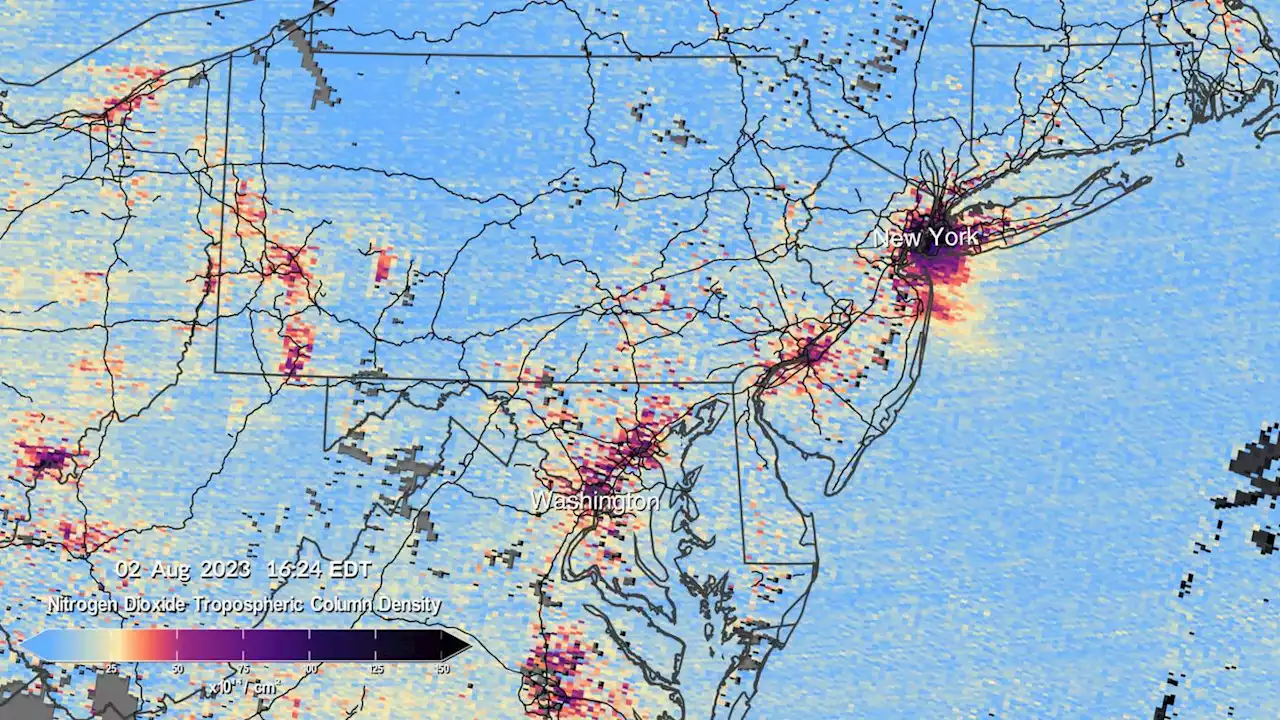 NASA releases first images from new US pollution-monitoring instrumentNASA says the instrument is expected to begin full operations in October.
NASA releases first images from new US pollution-monitoring instrumentNASA says the instrument is expected to begin full operations in October.
Read more »
